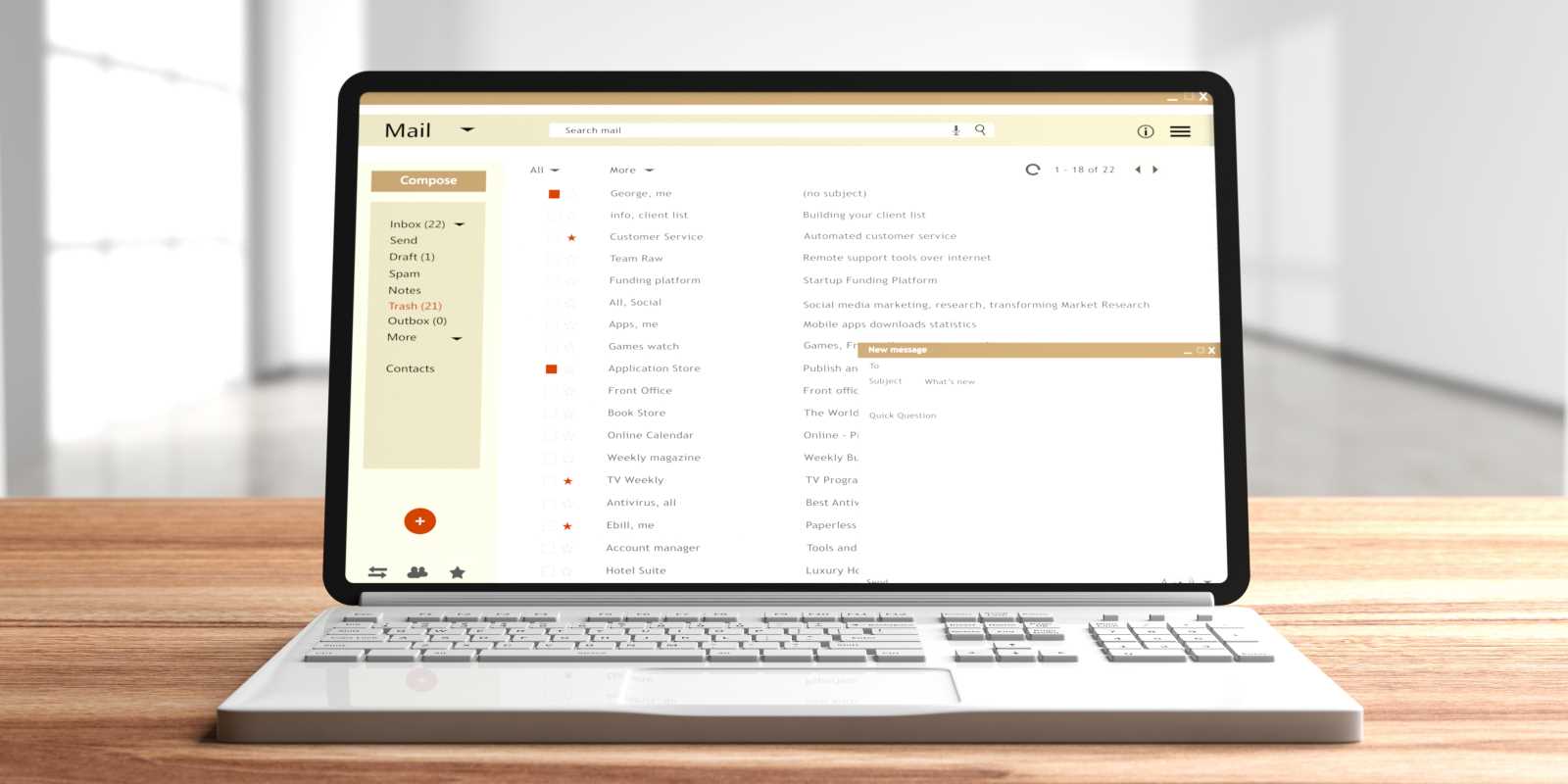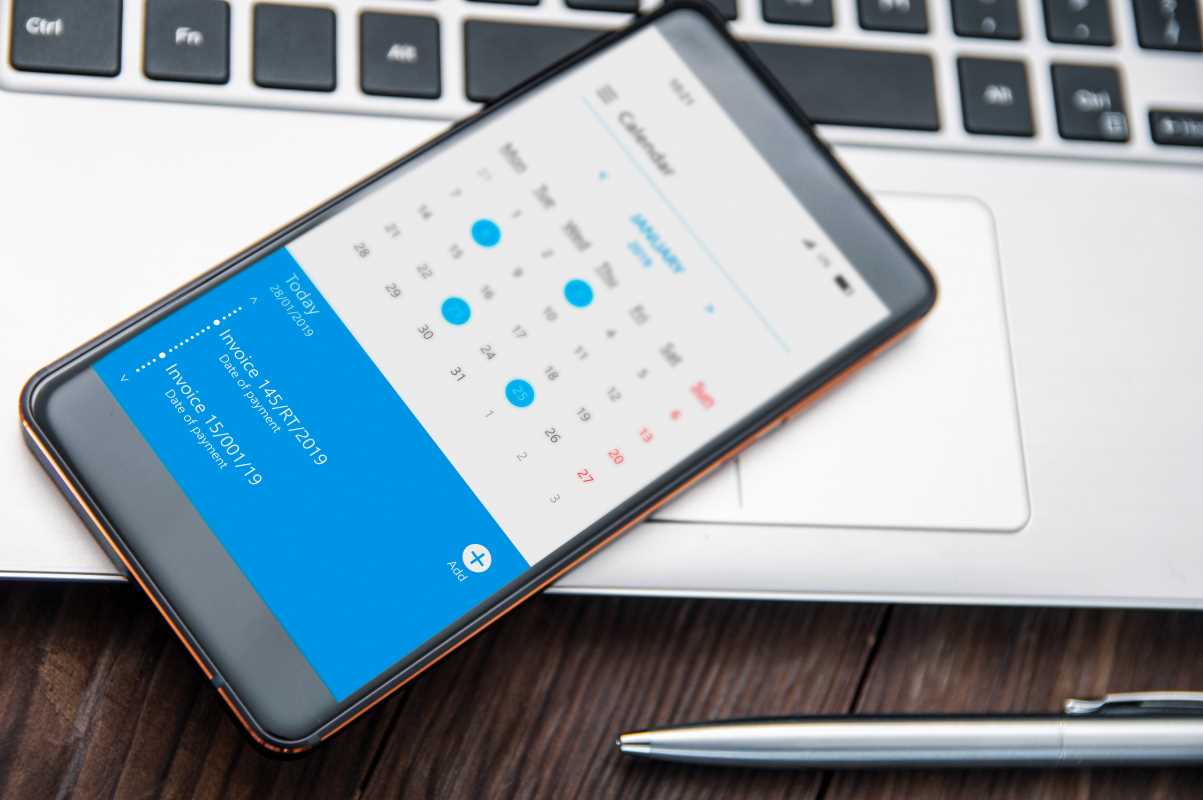Embarking on a new goal, big or small, is filled with excitement and ambition. That initial burst of energy can carry you forward, but maintaining momentum over the long haul presents a real challenge. This is where a progress tracking system becomes your most valuable ally. It serves as more than a simple to-do list; it is a dynamic tool that provides clarity, accountability, and a steady stream of motivation. A great tracking system transforms your abstract goals into visible, manageable steps. Seeing how far you have come provides the encouragement you need to keep moving forward. You can build unstoppable momentum and turn your biggest aspirations into tangible achievements by creating a system that celebrates every victory.
The Psychology of Progress: Why Tracking Works
Our brains are hardwired to respond positively to progress. The act of completing a task and marking it as "done" triggers a release of dopamine, a neurotransmitter associated with pleasure and motivation. This creates a powerful feedback loop. The more you accomplish and track, the more your brain craves that feeling of achievement, compelling you to continue your efforts. This is known as the "progress principle," which suggests that making meaningful headway is one of the most effective motivators.
Visualizing your progress is also incredibly impactful. Seeing your journey laid out in a chart, graph, or simple checklist makes your efforts feel real and substantial. It transforms your hard work from an abstract concept into something you can see and touch. During moments of doubt, a visual record of your accomplishments serves as powerful proof of your capability and resilience. It reminds you that even small steps, when taken consistently, lead to significant results.
Choosing Your Ideal Progress Tracking System
The perfect tracking system is one that aligns with your personal style and the nature of your goals. There is a wide array of methods, from simple analog tools to sophisticated digital applications. Let's explore some of the most effective options to help you find your match.
1. Analog Methods: The Power of Pen and Paper
There is a unique satisfaction that comes from physically checking off a task. Analog systems are simple, tangible, and free from the digital distractions of a screen.
- The Bullet Journal: This highly customizable system allows you to design your own tracker. You can create "habit trackers" with grids to mark off daily routines, project timelines to chart milestones, or simple checklists for your tasks. The act of drawing your own layouts is a mindful practice that deepens your connection to your goals.
- The Kanban Board: A Kanban board uses columns to visualize your workflow. A basic board might have three columns: "To Do," "In Progress," and "Done." You write each task on a sticky note and move it across the board as you work on it. This method provides a clear, at-a-glance overview of your entire project, helping you identify bottlenecks and celebrate finished tasks.
- The "Don't Break the Chain" Calendar: This simple yet powerful method was popularized by comedian Jerry Seinfeld. Pick a daily goal, and each day you complete it, draw a big "X" on a wall calendar. After a few days, you will have a chain. Your only job is to not break the chain. The visual chain becomes a source of motivation, encouraging consistency.
2. Digital Tools: Technology for Accountability
Digital tracking systems offer automation, accessibility, and powerful data visualization features. These tools can sync across devices, send reminders, and provide detailed analytics on your performance.
- Task Management Apps: Applications like Todoist, Asana, or TickTick are designed for tracking complex projects and daily to-dos. You can set deadlines, create sub-tasks, and assign priorities. Many of these apps include features that track your "productivity score" or show you graphs of completed tasks over time, gamifying the process of getting things done.
- Habit Tracking Apps: For building consistent routines, apps like Habitica, Streaks, or Forest are fantastic. Habitica turns your habits into a role-playing game where you level up a character by completing real-life tasks. Streaks focuses on building "streaks" of consecutive days, motivating you to maintain your momentum.
- Spreadsheets: A simple spreadsheet in Google Sheets or Microsoft Excel can be a surprisingly powerful and flexible tracking tool. You can create custom charts to visualize your progress on savings goals, fitness milestones, or work projects. The ability to use formulas and conditional formatting allows you to build a tracker that is perfectly tailored to your needs.
Best Practices for Effective Progress Tracking
Simply choosing a system is not enough. How you use it determines its success. Implementing these best practices will ensure your tracking system fuels your motivation instead of becoming another chore.
Set SMART Goals
Your tracking system is only as good as the goals you put into it. Use the SMART criteria to set yourself up for success:
- Specific: Clearly define what you want to achieve. Instead of "get fit," use "run a 5k in under 30 minutes."
- Measurable: Your goal must be quantifiable so you can track it.
- Achievable: Set ambitious but realistic goals to avoid discouragement.
- Relevant: Ensure your goal aligns with your broader life vision.
- Time-bound: Set a deadline to create a sense of urgency.
Break Down Large Goals
A massive goal can feel intimidating. The secret to tackling it is to break it down into smaller, bite-sized "micro-tasks." If your goal is to write a book, your first task might be to write the outline. The next might be to write the first 500 words. Tracking these small wins makes the larger goal feel manageable and provides a steady stream of accomplishments to keep you motivated. Celebrate each milestone you reach along the way.
Review Your Progress Regularly
Set aside time each week to review your progress. This is your chance to reflect on what worked, what did not, and what you learned. A weekly review helps you stay connected to the "why" behind your goals. It is also an opportunity to adjust your plan. You might realize a certain strategy is not effective or that you need to re-prioritize your tasks. This regular check-in ensures your system remains a living, useful tool.
Build Your Personalized Motivation Engine
Experiment with it, customize it, and make it your own. Remember that the goal is not to be perfect but to be consistent. Each checkmark, each colored-in box, and each completed task is a vote for the person you are striving to become. You can create a powerful engine of motivation that will carry you across any finish line by embracing the process.
 (Image via
(Image via





